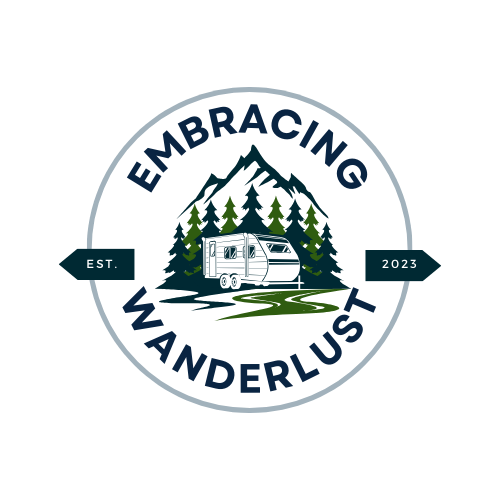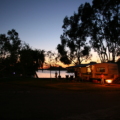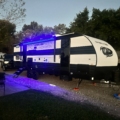While we hope to one day travel the country at a leisurely pace, right now our typical Long Distance RV Trip is short and sweet. Since getting the RV we’ve been lucky enough to use it on longer business trips that require us to a go a long distance relatively fast. Looking at our summer plans we can already tell we have some long trips ahead of us:
Indiana to Texas, Texas to South Florida, S Florida to Indiana, and back to Texas again. Somewhere along the lines of 4,500 miles in 4 weeks. That’s a lot of driving between destinations. With long stretches at a destination before racing to the next, that makes for long driving days. Having taken a few of these shotgun type trips, we are perfecting our planning each time we go! Here are some of the thing we have learned to make these trips as enjoyable as possible:
It takes much longer than you think
When mapping out a route, Google will till you one thing, but reality looks different. We tow with Dodge RAM 2500 and get about 9MPG when towing – around 8MPG if it’s hilly. The gives us a range of about 250 Miles. We usually go around 200 Miles to give us a margin of safety. That means a lot of gas stops on a 1,000 mile trip. Gas stops take time. Also, we generally cruise at 65MPH on the highway. A comfortable, slow speed – where you can basically set it and forget it in the right lane of traffic.
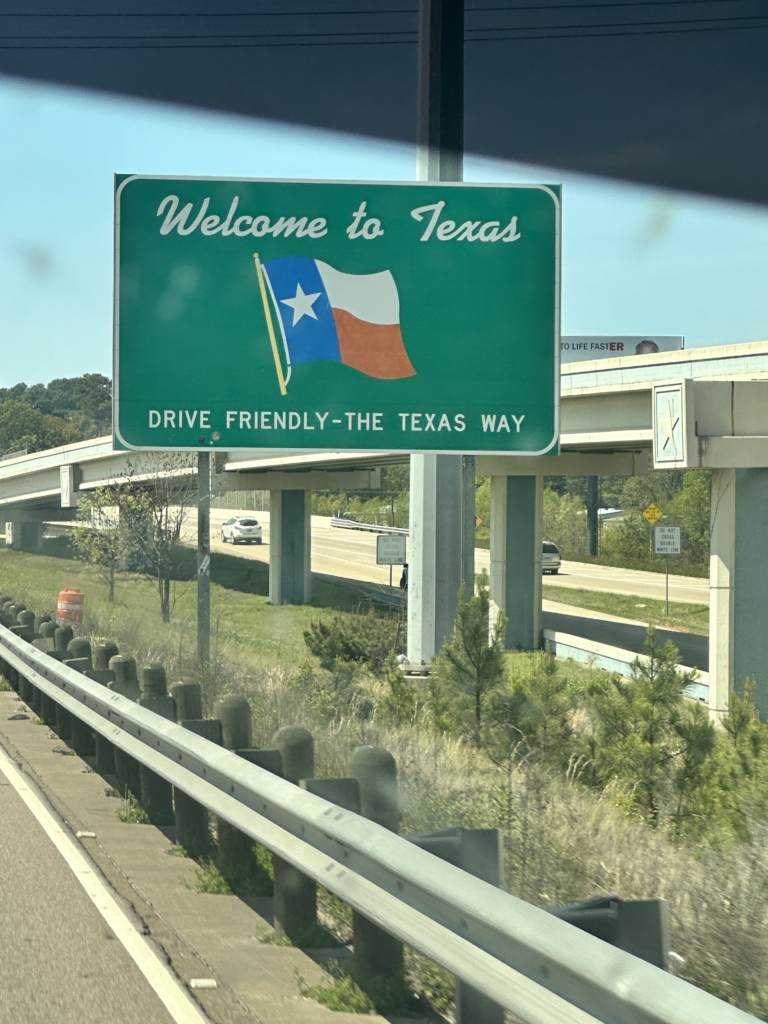
We have averaged out our travel times for all of our trips and found that we have an average travel speed of 52MPH. So, if Google tells you it will take you 6 hours and 45 minutes to drive 441 miles, the reality looks different. At 52MPH that trip works out to about 8 hours and 30 minutes. We started using the 52MPH average when planning our departure and arrival times and now have a much better idea when we’ll actually arrive at any stage of a long distance RV trip.
Everything after 9 hours is torture
When we go, we go. We take turns driving. Our tank lasts us about 4-4.5 hours. Coincidentally that’s also how long our bladders, and attention span hold up. We fill up, switch drivers and arrive at our destination with an overall travel time of 8-9 hours. This gets us about 400 to 450 miles on a long driving day. We could go longer if needed, but found this to be the perfect “long day”. If we’re leaving our campsite at 8am, we arrive by 5pm. This allows for breaking down our campsite during day time – and arrive at day time. Plenty of time to stretch our legs, eat and watch some TV before falling into blissful sleep.
Eat some Miles on Day 0
Our departure days look like this: Get the RV to our house in the morning, load up and prep before work. Work most of the day from home, head out around 4pm when our daughter comes home from school. We don’t like leaving the RV parked in front of our house over night – don’t need to announce your travels to potential burglars after all. So, we started to eat some miles on “Travel Day 0”. While we don’t get a full travel day in, and arrive after dark, it’s a good way to take care of those first few hundred miles of a long distance RV trip.
This is especially nice if your travels take you west, and you can use the time zones to your advantage. For example, if we leave at 4pm Eastern Time, we can get in a tank of gas (250 Miles) and be at our location by 9pm. Crossing into Central Time, it’s really only 8pm, which means you can still grab a bite to eat out if you want to. Bonus points: You are already much closer to the final destination.
The Perfect Overnight Spot
The perfect overnight stop doesn’t exist… or maybe it does. Avinger Station might hit all points if it was a bit closer to our main route. But in general, here is what we look for when planning our overnight stops: Close to highway, truck stop at the same exit, restaurant in walking distance, spacious pull through spots.
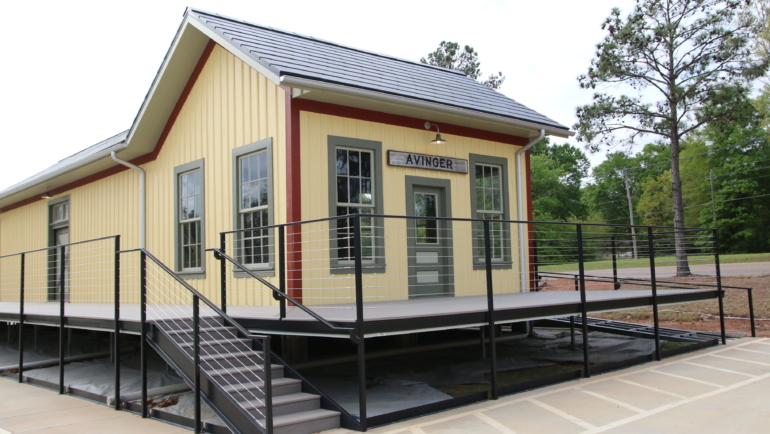
While there are plenty of free overnight destinations available, we prefer regular RV parks. With a giant dog and a teen it’s just safer and easier to stretch your legs in an RV park. On the other hand, getting far of the highway and setting up camp can be time consuming. With RV parks offering pull throughs, close to the highway, that time can be cut to a minimum.
We usually map our route, see how long we want to drive, and then use Campendium to find a RV park within the vicinity of that destination.
Bring your own food for the road
Stopping to order food can be time consuming – not to mention expensive. We always have an extensive selection of food and drinks with us in the truck while travelling. Sandwiches go a long way, but our new favorites are Charcuterie boxes – or Snackle boxes as we like to call them. A few bites here and there go a long way of breaking the monotony of the drive.
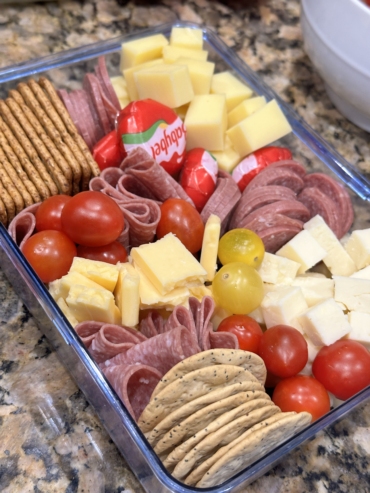
Google Maps is (can be) a liar
There have been quite a few situations lately where Google Maps has given a route that is shorter – but much more difficult to drive. This seems to be particularly prevalent in Texas where some two way streets have 75MPH speed limits. During our past two trips we found ourselves in the back country of Texas, white-knuckeling it over these types of streets.
We’ve learned our lesson and pay much closer attention to the suggested route. Lately we have been using RVLife as our routing software and it its definitely better suited for RV travel.
Organization is Key
Setting up (and breaking down) a campsite, even for just an overnight stop tends to be time consuming. We have our arrival checklists down pat, and are usually setup in less than 20 minutes. That includes leveling, hookups and extending the slide. The same goes for getting ready to leave the next morning. If everyone knows what to do, it takes hardly any time from waking up to hitting the road.
What are your tips & tricks for running and gunning a long distance RV trip in a short amount of time? Do you have any special foods you like to bring?
